Socks are an essential part of our daily wear, providing comfort, warmth, and protection to our feet. However, not all socks are created equal, and certain types of socks are designed to address specific foot health issues.
Two types of socks that are commonly used for foot health issues are extra-wide oedema socks and diabetic socks. Although they may look similar at first glance, there are significant differences between these two types of socks. In this blog post, we will discuss what is the difference between oedema socks & diabetic socks and when to use each type of sock.
What are Extra-Wide Oedema Socks?
These socks are designed to address swelling in the feet and legs. Swelling, or oedema, is a common problem that can be caused by a variety of conditions, including pregnancy, standing for long periods, and certain medical conditions such as lymphedema and venous insufficiency.
Oedema socks are specifically designed for people with swollen feet and legs who have difficulty fitting into regular-sized socks. They are designed to provide a comfortable and secure fit without constricting the feet and legs.
The extra-wide design of these socks accommodates larger feet and calves, providing a comfortable fit without causing discomfort or irritation. They are typically made from soft, breathable materials that promote air circulation and keep feet dry and comfortable.
They also provide gentle compression to the feet and legs, which can help reduce swelling and improve circulation. They are available in different compression levels, ranging from mild to moderate to firm, depending on the severity of the swelling and the condition being treated.
What are Diabetic Socks?
People with diabetes are at increased risk of foot problems, including nerve damage, poor circulation, and foot ulcers. These problems can be caused by high blood sugar levels, which can damage the nerves and blood vessels in the feet. That’s why Diabetic socks are designed to protect the feet of people with diabetes.
Diabetic socks are designed to reduce the risk of these foot problems by providing additional protection and support to the feet. They are typically made from soft, breathable materials that minimize irritation and friction on the feet. The non-binding design of these socks helps to promote healthy blood flow and prevent constriction of the feet and legs.
Diabetic socks also provide additional cushioning and support to the feet, which can help reduce the risk of foot injuries. They are available in different styles, including crew socks, ankle socks, and knee-high socks, to accommodate different shoe styles and personal preferences.
Differences Between Extra-Wide Oedema Socks and Diabetic Socks
Although extra-wide oedema socks and diabetic socks share some similarities, there are significant differences between these two types of socks. So, what is the difference between oedema socks & diabetic socks ?
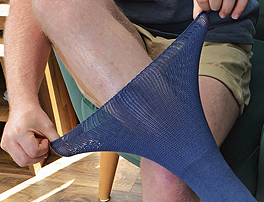
Compression
Extra-wide oedema socks provide gentle compression to the feet and legs, while diabetic socks do not provide compression.

Material
Extra-wide oedema socks are typically made from soft, breathable materials that promote air circulation, while diabetic socks are also made from soft, breathable materials that minimize irritation and friction on the feet.
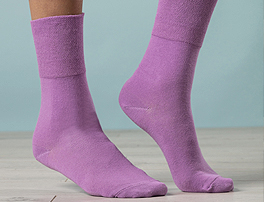
Width
Extra-wide oedema socks are specifically designed for people with larger feet and calves, while diabetic socks are available in different sizes to accommodate different foot sizes.
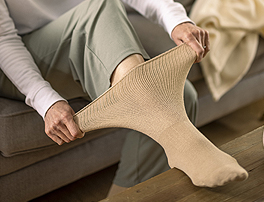
Length
Extra-wide oedema socks are typically knee-high or higher, while diabetic socks are available in different lengths, including crew socks, ankle socks, and knee-high socks.

We hope this has shed some light on what is the difference between oedema socks & diabetic socks ? So now that you know the differences you can be confident in choosing the right Diabetic & Oedema products.

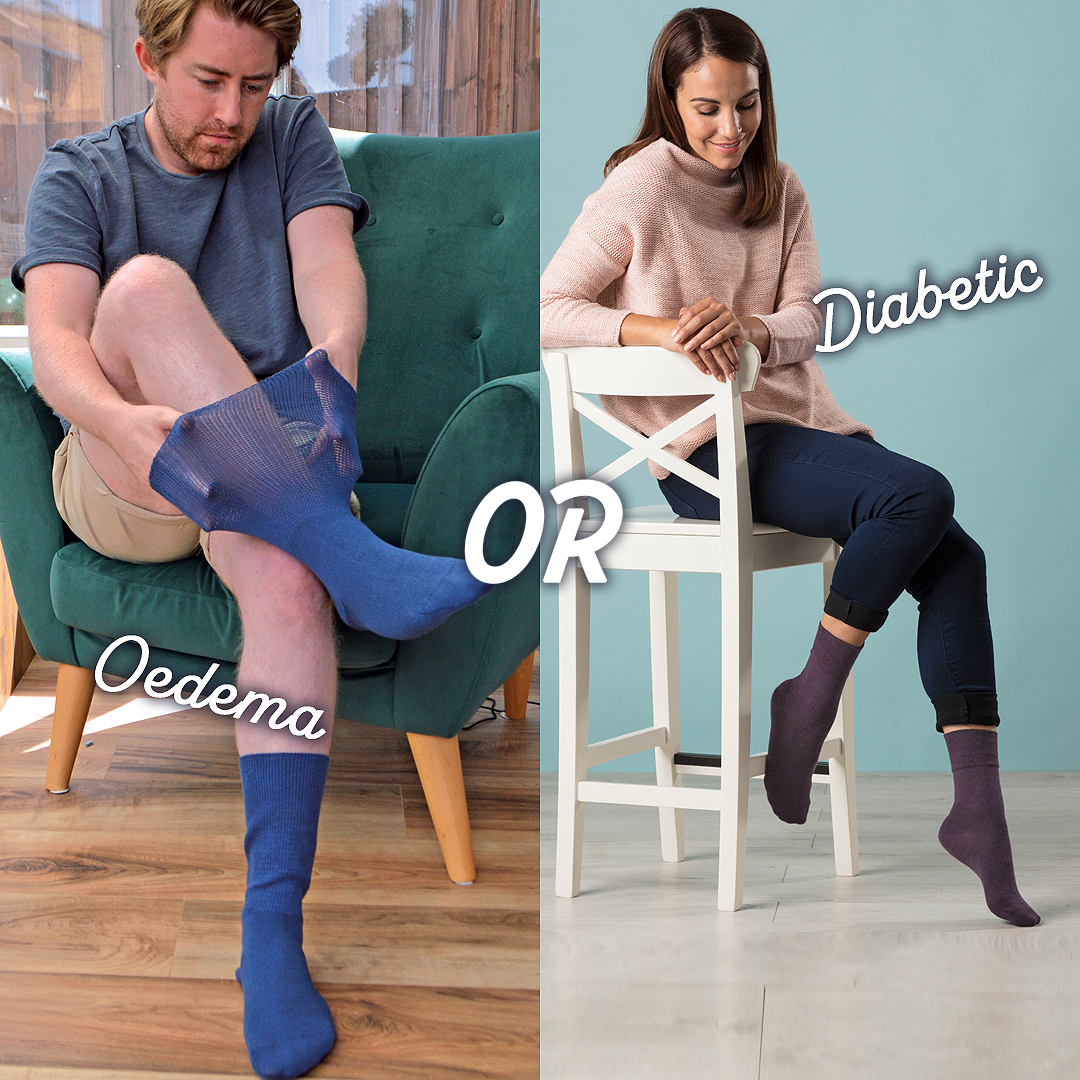
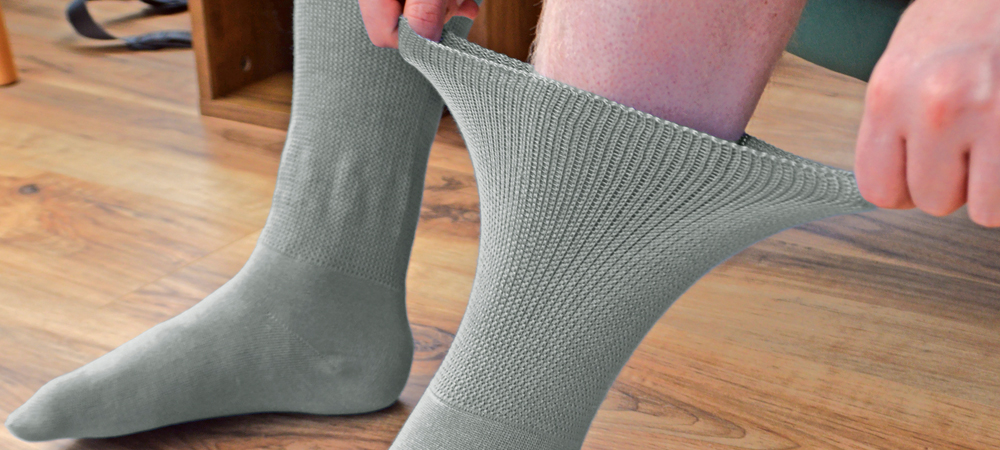

 Connor Doughty
Connor Doughty